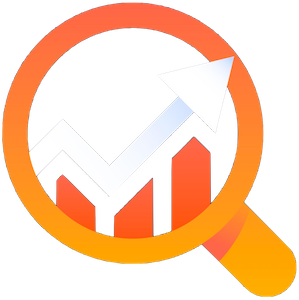The U.S. central bank’s 2% target for inflation plays a crucial role in achieving price stability and is essential for ensuring economic prosperity, according to New York Federal Reserve Bank President John Williams. He emphasized the importance of transparency, clear communication, and setting an explicit, numerical longer-run inflation target to anchor inflation expectations and keep inflation at the target level.
The Fed has been grappling with too-high inflation for over two years, prompting aggressive interest rate hikes to combat rising prices. While inflation has moderated since reaching its peak in mid-2022, it still exceeds the Fed’s 2% goal, a cornerstone of the central bank’s policy since 2012. With plans for a comprehensive review of the policy framework later this year, critics are calling for significant changes, including dropping the 2% inflation target.
Former U.S. Treasury Secretary Lawrence Summers suggested that maintaining the 2% inflation target could lead to a “fairly serious recession” in the coming years. He also criticized the Fed’s communication strategy, labeling it as a “cacophony” of policy views that confuse the public. On the contrary, Chicago Fed President Austan Goolsbee defended the diverse range of views within the Fed and stressed the importance of clear communication.
Amidst differing opinions on the inflation target and communication strategy, Fed policymakers recently decided to keep short-term borrowing costs steady in the 5.25%-5.5% range. However, there were no updated views shared on the future trajectory of inflation or the possibility of rate cuts. Goolsbee and Williams highlighted the need for ongoing discussions and assessments to ensure the Fed’s policies remain effective in achieving their goals.
The debate over the Fed’s 2% inflation target and communication strategy reflects the complexities of managing monetary policy in a constantly evolving economic environment. While proponents emphasize the importance of clear objectives and transparency, critics argue for a reevaluation of existing approaches to adapt to changing economic conditions. As the Fed prepares to review its policy framework, a constructive dialogue among policymakers, economists, and stakeholders will be essential in shaping the future trajectory of monetary policy.

